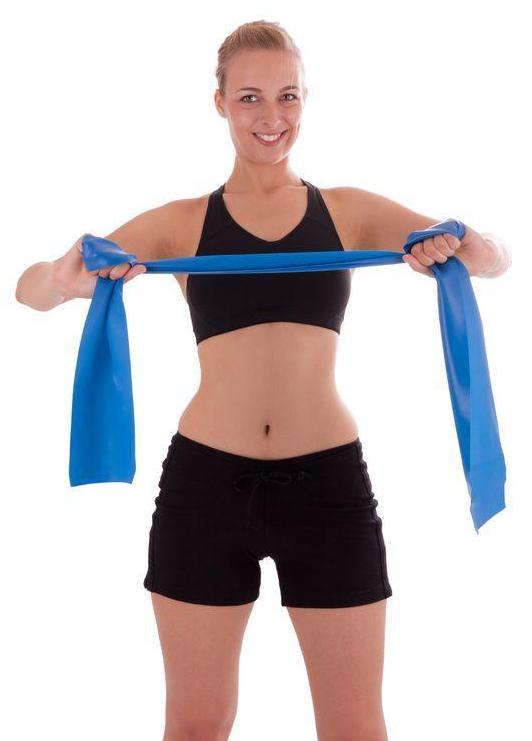Recent and chronic sufferers alike often imagine joint strain as the only cause of their shoulder pain, but poor posture and a weak, unbalanced back are often important factors.
Luckily, addressing these hidden triggers can help keep you head and shoulders above your pain.
Turn Shoulders Out More And In Less
Overuse of the arms can certainly cause problems, but perhaps the most common little-known cause of shoulder pain is prolonged internal shoulder rotation. In this posture the back is stretched while the chest is compressed, giving the appearance of what is often called a slouch. Many hold their shoulders this way when eating, driving, or typing, and several common activities, like biking, golfing, and cooking, virtually require this posture. With so much time spent in internal rotation, it is little wonder shoulder pain is so common.
The primary antidote, of course, is externally rotating the shoulders toward a more neutral position. To achieve this, first stand straight with your arms hanging loose. Then rotate your palms outward so your thumbs point away from your hips, while also allowing your chest to rise slightly. Your shoulders should naturally move into a healthier posture. You can use this trick throughout the day to reset your shoulders and avoid excessive internal rotation.
 When In Doubt, Stretch Them Out
When In Doubt, Stretch Them Out
Active stretching is another key to undoing the damage of sustained internal rotation. There are many great stretching-based fitness programs available, including yoga, Pilates, and Tai Chi, and each includes opening the chest muscles through shoulder extension.
Short on time? The doorway stretch is your best bet. Start by placing the inner elbows at shoulder height on both sides of a door. Next, move your chest forward to the comfortable limit and hold for 15 seconds. For an easier stretch, begin by placing your palms on the frame just below hip level, instead. Either way, the stretch is felt across the chest and shoulders and can be performed two to three times per day, or even once every few hours.
Strong, Balanced Backs Take Load Off Shoulders
Increasing back strength can also help reduce shoulder pain. There are many great back exercises to choose from, such as rows, band-resisted external rotations, and prone thumb raises, but each is too often performed incorrectly to target mainly the upper back. This causes muscular imbalances that can actually increase your shoulder pain.
To ensure proper targeting of the middle back, keep your shoulders lowered during all back exercises. The natural tendency is to compensate for a weaker middle back by shrugging the shoulders up, so you might need to decrease the resistance level to avoid doing this.
For more help reversing your shoulder pain, consider booking an active rehabilitation session with a Karp Rehab kinesiologist today in Vancouver and throughout B.C.’s lower mainland.
Start by filling out the self-referral form: HERE
For additional information call 604-420-7800 or visit KarpRehab.com

